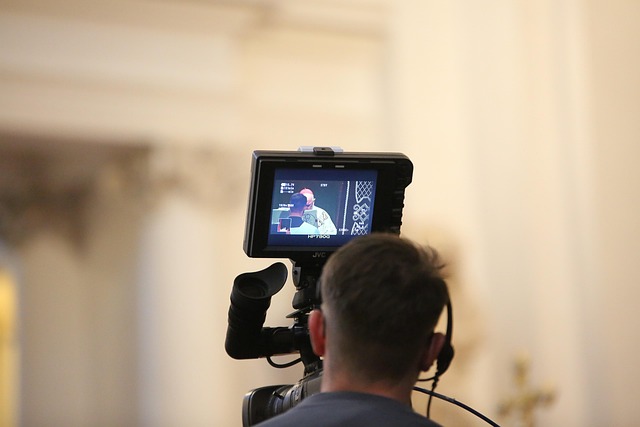
Navigating Situational Awareness in Communication: The Intersection of Science, Technology, and Workplace Culture
Navigating Situational Awareness in Communication: The Intersection of Science, Technology, and Workplace Culture
In today’s fast-paced work environment, the concept of situational awareness has become increasingly important. With the help of science and technology, understanding and enhancing our situational awareness can significantly improve communication in the workplace.
The Science Behind Situational Awareness
At its core, situational awareness is about perceiving and understanding the dynamics of our environment. It’s about being present and fully engaged, recognizing both verbal and non-verbal cues in communication. Scientific research in psychology and cognitive science highlights how our brains process information and make decisions under pressure. For example, studies suggest that individuals with high levels of situational awareness are better at identifying subtle changes in their surroundings, allowing for quicker, more informed responses.
In a workplace setting, this means being alert to your colleagues’ emotional states, understanding the context behind their communication, and recognizing how your own actions impact the group dynamic. This scientific foundation helps us appreciate why situational awareness is not just a skill, but an essential part of effective communication.
The Role of Technology in Enhancing Communication
Advancements in technology have dramatically transformed our understanding of situational awareness. Tools like real-time collaboration software, project management apps, and communication platforms can simulate environments where awareness can thrive. For instance, video conferencing allows for the visual monitoring of body language, further enhancing our understanding of a colleague’s mood or potential concerns.
Moreover, analytics tools can provide insights into communication patterns within teams, helping leaders identify areas for improvement. Technology is not just a facilitator; it’s an enabler of enhanced communication and situational awareness. When employees are equipped with the right tools, they can respond more appropriately, fostering a culture of openness and responsiveness.
Cultivating a Supportive Workplace Culture
Workplace culture plays a pivotal role in developing and sustaining situational awareness. A culture that encourages open dialogue, active listening, and continuous feedback allows employees to feel safe in expressing their thoughts and concerns. This openness significantly enhances collective situational awareness, making it easier for teams to navigate challenges together.
Furthermore, organizations that prioritize training in situational awareness promote a proactive approach to communication. Workshops focusing on emotional intelligence and active listening can prepare employees to better recognize and interpret the nuanced signals they receive in their interactions. When everyone in the workplace is invested in becoming more situationally aware, the quality of communication improves, leading to stronger collaboration and productivity.
Ultimately, navigating situational awareness in communication is a multi-faceted endeavor that encompasses science, technology, and workplace culture. By understanding the psychological underpinnings, leveraging technological advancements, and fostering a supportive environment, organizations can create a culture where effective communication flourishes.



